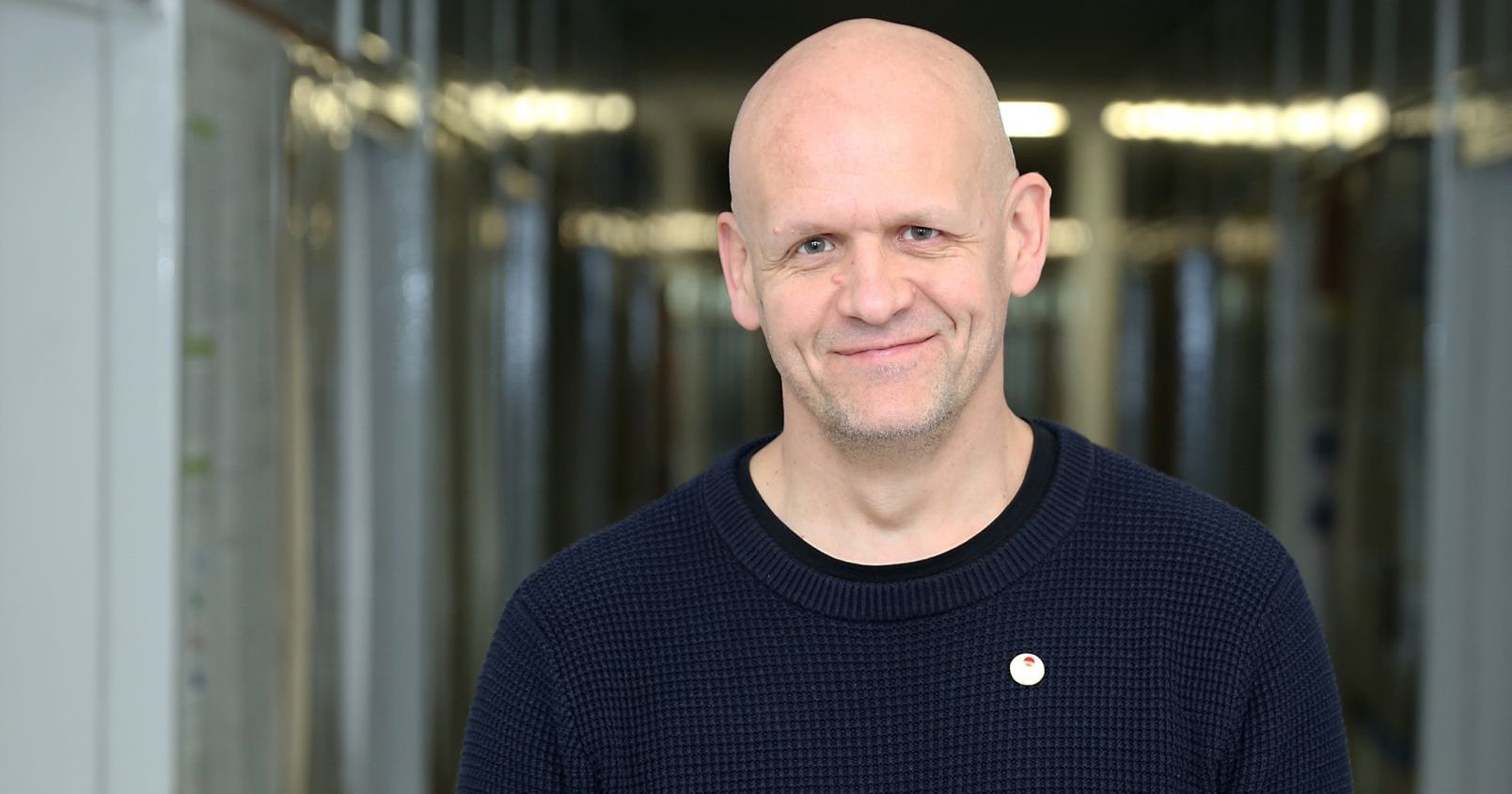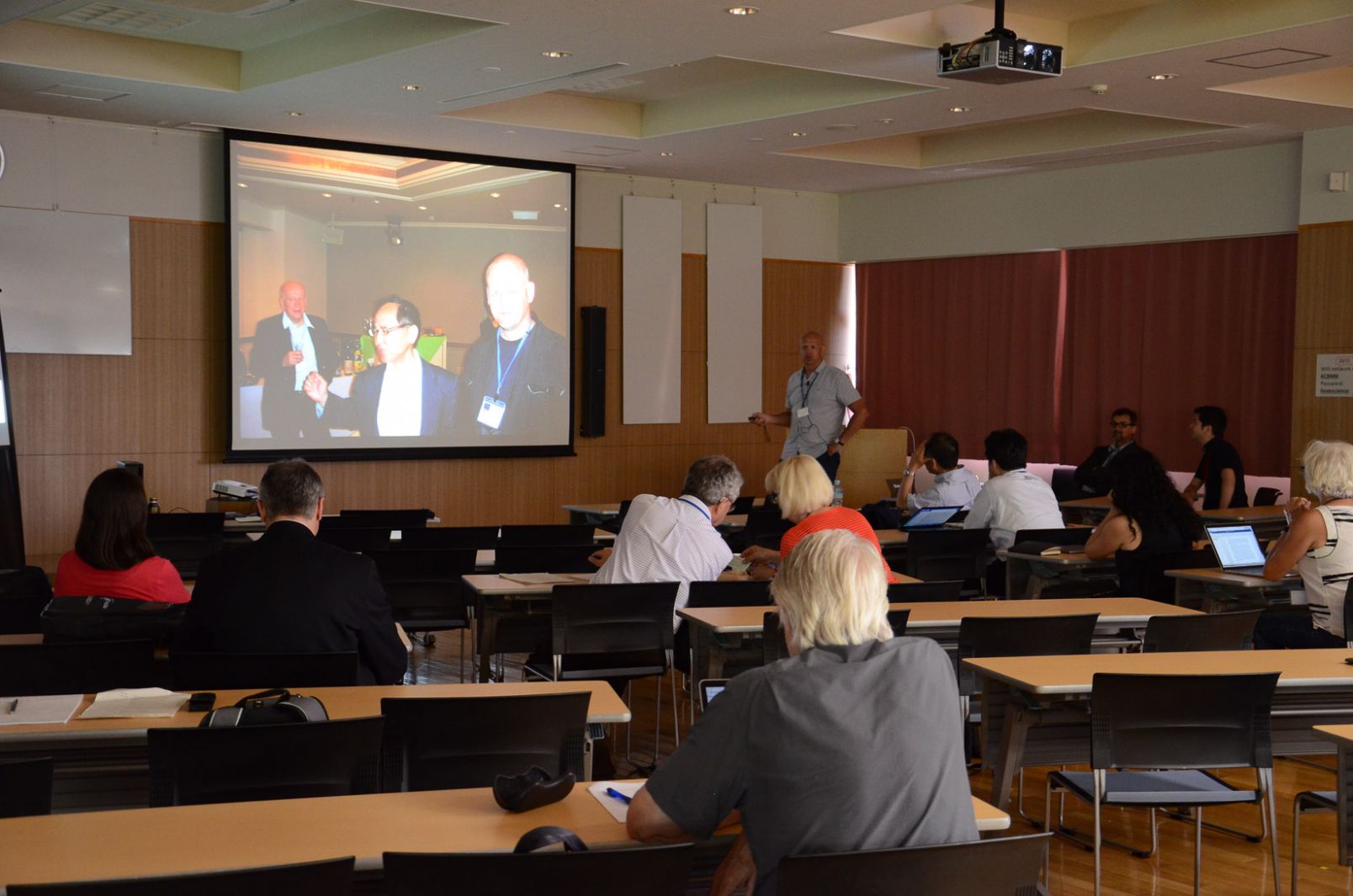 Natural sciences
Natural sciences
MOFs on the futurological path of chemists
With the use of metal-organic structures, scientists would like to develop "well-suited" therapies for patients diagnosed with cancer. "This is medicine of the future." says Prof. dr hab. Artur Terzyk from the Department of Materials Chemistry, Adsorption and Catalysis at the Faculty of Chemistry, NCU.
The scientist convinces us that studies involving the application of metal-organic frameworks (MOFs) in anti-cancer therapies are in dynamic progress. Every year, hundreds of scientific papers on the topic are issued and the volume of literature and data which require systematizing and processing is rapidly growing. Together with an international research team, Prof. Terzyk has made an attempt to extensively review literature concerning MOFs and its employment in cancer diagnosis and treatment from the materials synthesis to their implementation. The paper was published in the Progress in Materials Science journal.
We have presented a holistic approach to prepare a comprehensive, critical, and intelligible work, useful for a wide range of scientific community, specialists in chemistry, materials science, medicine, and not only - says the scientist.
The fight against cancer constitutes one of the biggest challenges in healthcare. In numerous cancer types, efficient diagnosis and treatment methods still fail as they are characterized by low selectivity as well as appearance of adverse side effects. Thus, new cancer treatment strategies are being intensively examined, particularly those based of the concept of targeted application to enhance their functioning, efficacy with a simultaneous side effects reduction "Coordination polymers, in particular metal-organic structures composed of metals and organic ligand clusters, are those most promising." explains the NCU chemist. "Many MOF structures present exceptional properties, for example huge surface area and porosity, which stays in contradiction with initially formulated statements of what is possible in the world of porous materials."
As Prof. Terzyk explains, a polymer is a compound which is made up of periodically repeating monomeric structural units. There are numerous polymers around us, polyethylene (used to produce plastic bottles) or PVC (polyvinyl chloride used to produce vinyl records, floor-covering, and containers), just to mention some. A coordination polymer is also composed of periodically repetitive units, but the monomers in this case contain a metal cation and the remaining organic part, the so-called linker. "It is usually a 3D network and because practically each atom in the network is accessible to, for example, gas molecules, it is characterized by an extensive surface area, up to 7 000 m2/g," explains the chemist. Such a MOF arrangement results in a possibly developed structure of channels, also called pores, in which gases or medicaments can be stored. The higher the pores volume, the higher the storage capacity. It is, therefore, so essential.
It is no surprise that a growing interest has recently been observed in the biomedical aspect of MOFs, mainly in anti-cancer research - says Prof. Terzyk. In the most simplified scenario, MOFs constitute an additional carrier in the development of passive, nontoxic and matabolizable drug transmitters.
A broad spectrum of component units to choose from allows researchers to prepare MOFs which are non-toxic, biocompatible, and/or bioactive, and may thus be applied as drug delivery systems. Moreover, a great number of possibly obtained MOFs and their modifications makes the implementation of the so-called well-suited materials concept closer in perspective. The thus adjusted materials show functionalities applicable for a particular purpose such as an anti-cancer therapy. "It is no surprise that a growing interest has recently been observed in the biomedical aspect of MOFs, mainly in anti-cancer research." says Prof. Terzyk. "In the most simplified scenario, MOFs constitute an additional carrier in the development of passive, nontoxic and matabolizable drug transmitters."
MOF materials present an exceptionally high capability of absorbing diagnostic and therapeutic substances which allows for the controlled and gradual release of active substances. It enables the avoidance of the rapid release effect and thus various side effects.
A highly modular character of MOFs synthesis allows the regulation of the degree to which drugs and diagnostic substances release in one carrier will be burdening to the organism. A multitasking and multipurpose character of MOFs allows for their employment as theranostics and in the multimodal diagnostics. As the chemist explains, "theranostics is, basically speaking, both therapy and diagnostics. For example, a compound capturing cancer cells, a fluorescent colorant and a drug are introduced to a MOF. It enables reaching the affected cells, killing them and, at the same time, tracking the drug distribution in the organism. It is all aimed at developing a well-suited therapy for each case, or for an individual patient. It is the future of medicine."
Biodegradability required in a majority of biomedical applications can be attained by the proper selection of metals and ligands as well as by a range of surface modifications. Surface properties of hybrid nanoparticles can be optimized in order to obtain desirable characteristics including proper cell targeting, bioadhesion, changes in drug release kinetics and a carrier stability, which will prolong their circulation with blood. Moreover, specific properties of MOFs make them applicable as contrast media in magnetic resonance and optical imaging as well as computed X-ray tomography. Hence, the therapy efficiency can be monitored in real time. "The MOFs arrangement enables their application as contrast media in at least three ways: by introducing e.g. magnetic Gd (III) or Fe (III) ions, attaching a contrasting molecule to the (I4-BDC) ligand, or inserting such molecules into the porous MOF structure." explains the chemist. "Therefore, the materials significantly broaden their applicability in this branch of medicine which, in turn, gains the multimodal diagnostic material, worded differently, the material which allows for detecting a new threat with a variety of techniques at the same time."

Photo by Manami Hoya
MOFs have turned out to be a promising platform for biological detection. Their outstanding properties enabled highly specific and sensitive tracking of tiny particles, ions, or physico-chemical parameters. According to Prof. Terzyk, "applying MOFs to detect protons concentration, and therefore, the pH of a single cell environment, for instance, can exemplify this. For this purpose, MOF which changes its fluorescent properties in the presence of protons is used. In this manner, the pH distribution map in the examined cells can be obtained. Generally, cancer cells show pH values different than those of healthy ones, and the material sensitive to the protons presence can be an indicator used to detect early cancerous lesions."
In the scientist's opinion, future research direction should be focused on the adjusted MOF nanoparticles synthesis as well as the development of a new generation of porous MOF-based sensors presenting an increased sensitivity and selectivity.
In the work entitled MOF materials as therapeutic agents, drug carriers, imaging agents and biosensors in cancer biomedicine: Recent advances and perspectives, critical challenges for the future have also been emphasized. In fact, resolving the issue of MOF degradation kinetics and mechanism (with and without a drug added) is meant here, particularly biodegradation. Hence, finding a way to introduce it, determining a general toxicity procedure for MOFs, increasing the scope of in vivo and in vitro studies for those materials (especially pharmacokinetic studies concerning absorption, distribution, metabolism and elimination (ADME) mechanisms in vivo) is essential. The complex results obtained will enable answering the questions concerning the real MOFs efficacy as drugs, drug-delivery compounds, and theranostatics, which in the future will lead to intensive pre-clinical and clinical studies. "MOFs activity as drugs is similar to those of any other drug. Nevertheless, interesting is the fact that in many cases encapsulating a drug in a nanomaterial results in the appearance of a strange synergic effect and the drug is more effective." says Prof. Terzyk. "It is like in the case of applying cisplatin, a model anticancer drug, into a carbon nanotube. When introduced in the nanotube, the drug presents higher toxicity than when "freely" delivered in the same amount."
In their review, the authors wanted to provide a thorough, state-of-the-art report on MOFs application as biomaterials, particularly in anticancer therapies. MOF structures can become advantageous and promising drug carriers, contrast media, or biosensors supporting cancer treatment therapies. Creating even more advanced, more adjusted and sophisticated systems e.g. by developing the concept of multidimensional MOF materials, composite materials, multilayer coatings, and multiple functionalization seems a promising perspective. It will result in extending MOFs functionality and the range of potential applications. The resulting innovative systems will be less toxic. more multitasking, and possible to apply in combined therapies involving various treatment and/or multimodal imaging methods as well as biosensors. Additionally, progress in surface engineering methods will enable the improvement in the systems stability and biocompatibility.
It is difficult to estimate how advanced the clinical studies over drugs are - warns Prof. Terzyk. - But I know there exist commercially available drug release systems based on polymers, for instance Eudragit. Concerning MOFs toxicity, if they contain biocompatible linkers and bioelements, they are not toxic to people. And this is the key point. After application, MOF should decompose into biocompatible fragments.
The researchers emphasize the fact that another feature which should be intensively used in MOFs for anticancer purposes is their sensitivity to external factors such as the pH, temperature, presence of certain ions or active compounds, "Assumedly, MOFs sensitivity to external factors is their drawback." says Prof. Terzyk. "There is a need to determine their application parameters more precisely. At the same time, a particular feature, if properly defined, can be applied for specific purposes, for example sensitivity to locally changing pH or temperature values. This again broadens MOFs applicability."
The chemist adds that in the case of anticancer treatment the most significant and desirable characteristics is highly selective drug application as a result of introducing ligands aimed at cancer cells. The whole effort made will undoubtedly lead to creating more programmable, sophisticated, and efficient systems based on biomedically applicable MOFs.
In his research on metal-organic materials, Prof. Terzyk cooperates with Prof. Katsumi Kaneko from Japan. The cooperation was initiated in 2002. Prof. Kaneko visited the Faculty of Chemistry and was revisited by the Polish scientist in Japan a few times. In 2017, Prof. Terzyk also attended a meeting dedicated to nanomaterials. "Over these years, we have published several dozen of papers together. Scientifically, I would not be where I am now but for this modest, but very wise man." says Prof. Terzyk. "As one of the most outstanding Japanese scientists, Prof. Kaneko has a very well equipped laboratory. It allows us to take measurements impossible to take in Poland. What is most important, Prof. Kaneko motivates me and gives us much appreciation in our scientific activity. I can observe how the Japanese system of work is functioning, In spite of Japanese bureaucracy, which is rather well developed, it does not take months to fill the simplest orders. You do not have to wait for months as the main purpose of the system is to support scientists. The system is developed for scientists, not the other way around. "

Photo by Manami Hoya
Owing to Prof. Terzyk's cooperation with his Japanese colleague, the PhD students supervised by the Polish chemist are planning to visit Japan in order to carry out research (as soon as the COVID-19 pandemic restrictions are lifted).
Apart from Prof. Terzyk and Prof. Kaneko mentioned above, the group of authors of the article published in Progress in Materials Science also involves. Prof. Seda Keskin from Turkey, Prof. Lev Sarkisov from Great Britain, Prof. Piotr Kowalczyk from Australia, dr hab. Marek Wiśniewski, Prof. NCU and mgr Adam Bieniek from the Faculty of Chemistry in Toruń a well as dr hab. Katarzyna Roszek, Prof. NCU from the Faculty of Biological and Veterinary Sciences. "We wanted to organize a team of very good experts to go through all the time consuming stages of the publishing process, which, as we can see, has been accomplished successfully." reassumes Prof. Terzyk.
 NCU News
NCU News







 Natural sciences
Natural sciences
 Humanities and arts
Humanities and arts